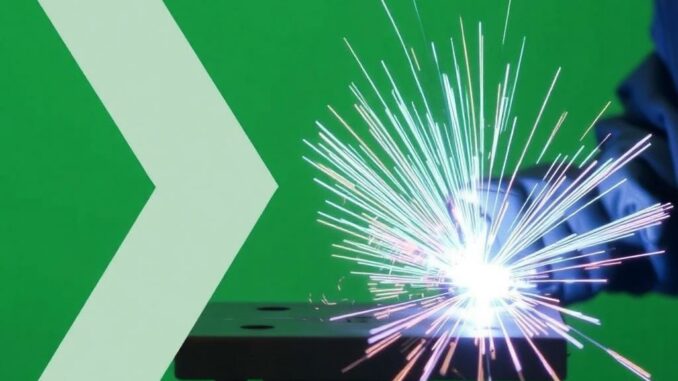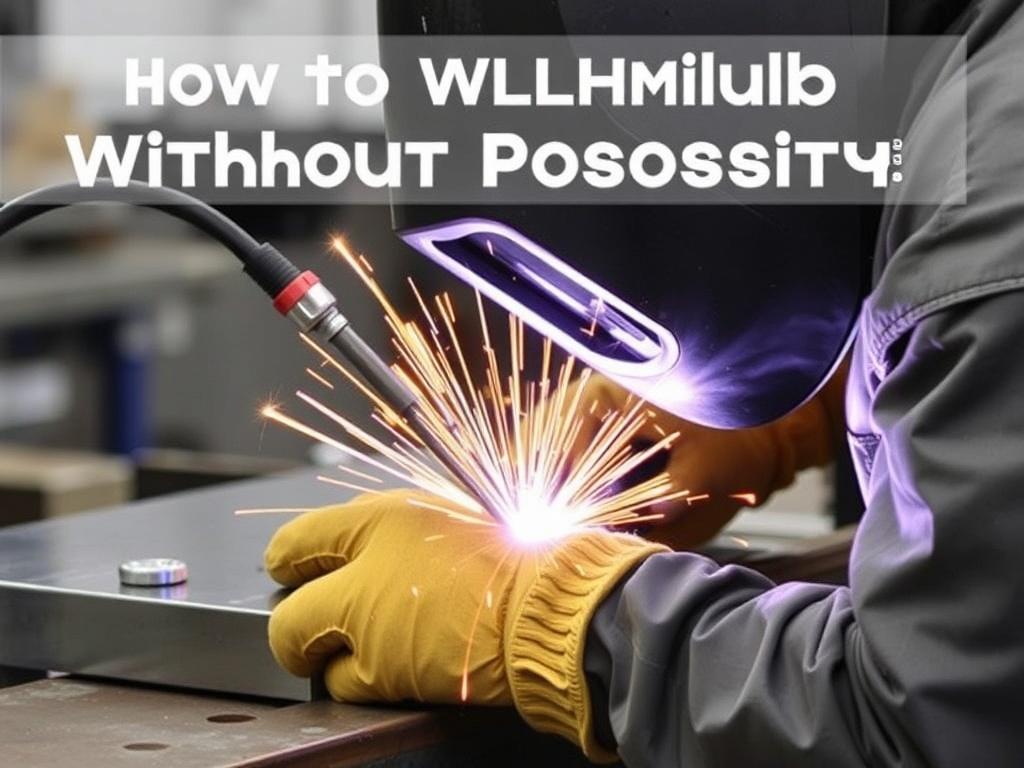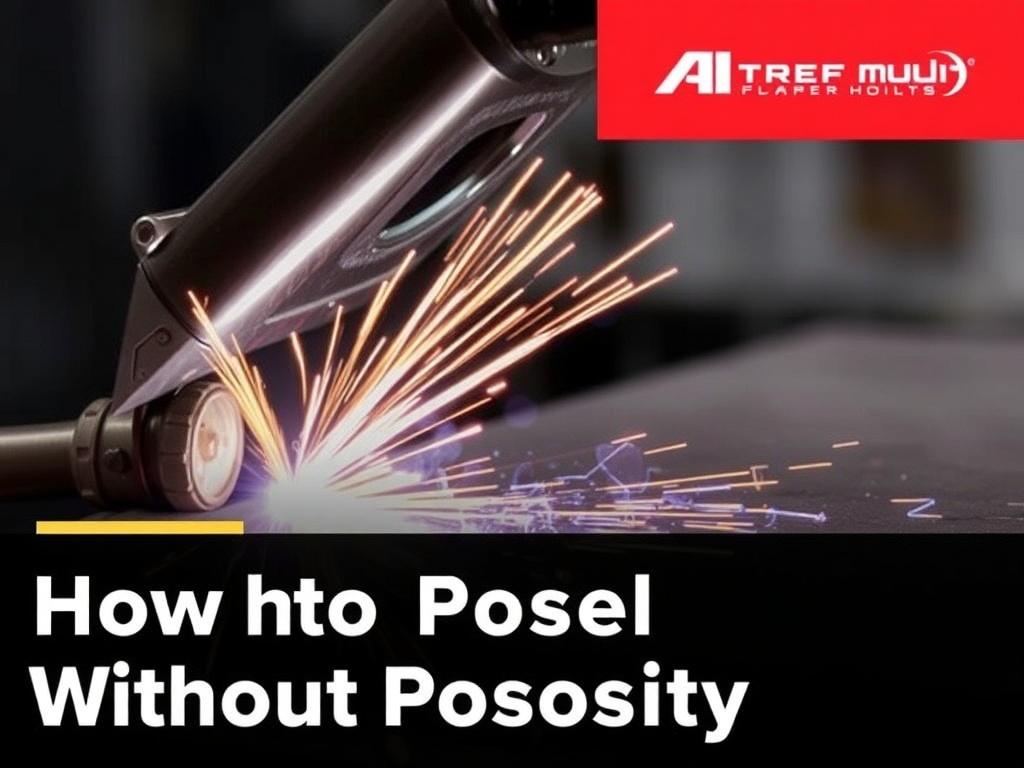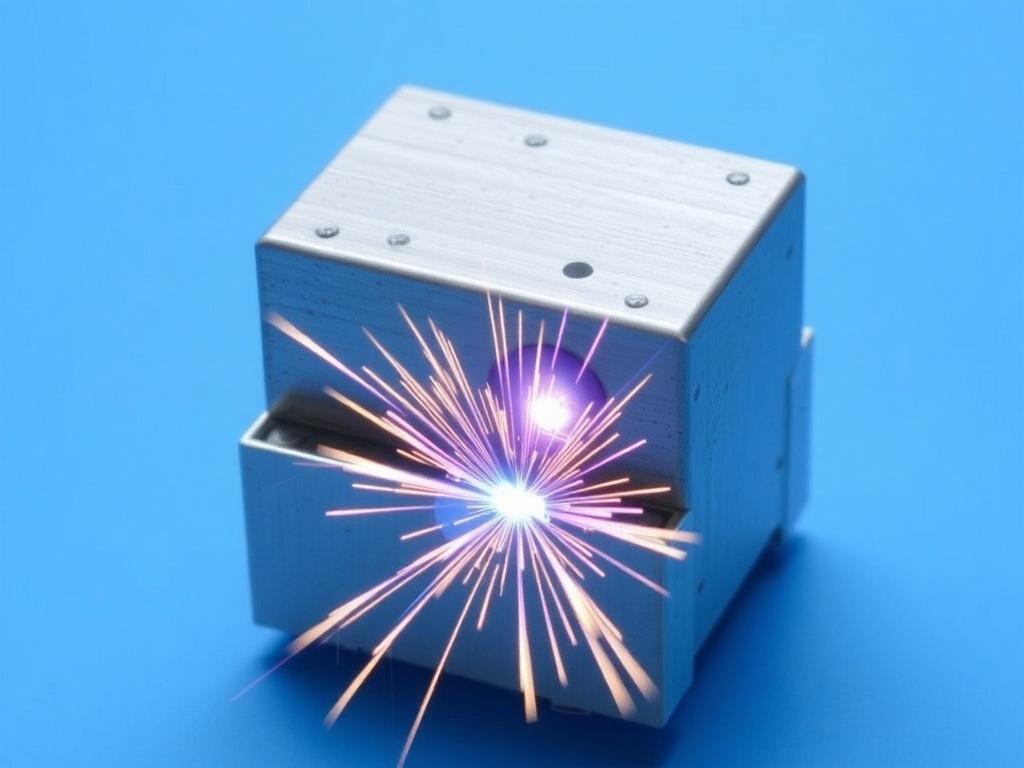
Welding aluminum can be both a rewarding and challenging experience. Unlike welding steel, aluminum requires a special touch, the right equipment, and an understanding of its unique properties. One of the most common issues welders face when working with aluminum is porosity—tiny holes or voids that appear in the weld bead, compromising the strength and appearance of the finished piece. So, how do you weld aluminum without porosity? This comprehensive guide will walk you through the causes, techniques, tools, and tips essential to producing clean, strong, and porosity-free aluminum welds.
Understanding Aluminum Welding and Porosity
Before diving into the solutions, it’s crucial to understand what makes aluminum different and why porosity tends to occur in its welds. Aluminum is a reactive metal with a naturally occurring oxide layer that’s extremely tough and has a much higher melting point than the aluminum base metal underneath. This oxide layer, while protective, poses challenges during welding.
Porosity in aluminum welds typically occurs when gases, primarily hydrogen, get trapped inside the molten weld pool as it solidifies. This results in tiny bubbles or holes that weaken the weld. Since aluminum is very sensitive to moisture and contaminants, even small amounts of oil, grease, or water can cause porosity. The high thermal conductivity of aluminum also demands fast and efficient welding to avoid defects.
Why is Porosity a Problem?
Porosity significantly affects the weld’s structural integrity and appearance. Welds with porosity have reduced strength, making them prone to cracking and failure under stress. Furthermore, porous welds look rough and unprofessional, which can be a major issue when aesthetics matter, such as in automotive or architectural applications.
Common Causes of Porosity in Aluminum Welding
- Moisture contamination in the welding area or materials
- Dirty aluminum surfaces, including oil, grease, or dirt
- Incorrect shielding gas or poor gas flow leading to oxidation
- Using the wrong filler material or improper welding technique
- Excessive heat input or slow travel speed causing gas entrapment
The Science Behind Welding Aluminum Without Porosity
Welding aluminum without porosity involves controlling the environment, surface conditions, and the welding process so that gases can’t get trapped during solidification. Understanding the underlying principles helps welders make informed decisions during setup and execution.
The Role of the Oxide Layer
Aluminum forms an oxide layer almost instantly when exposed to air. This layer has a melting point of around 2072°F (1130°C), far higher than pure aluminum at 1220°F (660°C). When welding, this oxide layer must be removed or broken up to allow clean fusion of the base metals. Failing to address the oxide layer can trap gases and lead to porosity.
Shielding Gas and Its Importance
Shielding gas protects the molten weld pool from atmospheric contamination (oxygen, nitrogen, and moisture). Typically, pure argon or an argon-helium mix is used, depending on the thickness of the workpiece and welding method. Consistent gas flow in the correct volume prevents oxidation and helps avoid porosity.
Hydrogen—The Main Culprit
Hydrogen is the gas most correlated with porosity in aluminum welds. It comes primarily from moisture on the workpieces, electrodes, or welding environment. Controlling sources of moisture and ensuring clean, dry materials are some of the most effective ways to prevent hydrogen entrapment and porosity.
Preparing Aluminum for Welding: The Key to Avoiding Porosity
Preparation cannot be overstated when it comes to welding aluminum without porosity. Don’t rush this step—it sets the foundation for the entire weld.
Cleaning the Surface Thoroughly
Aluminum must be free from dirt, oil, grease, and especially oxides. Here’s a step-by-step approach to cleaning your workpiece:
- Use a dedicated aluminum wire brush to scrub the surface just before welding. Don’t use a steel brush, as that can contaminate the aluminum.
- Wipe the surface with acetone or a similar solvent to remove oils and residues. Use lint-free cloths.
- Remove any visible oxidation by mechanical means or mild chemical etching if necessary. This is critical for thick or aged aluminum.
- Dry the metal completely, especially if solvents are used, to avoid moisture trapping hydrogen in the weld pool.
Storage and Handling of Materials
Keep aluminum components in a dry, clean environment before welding. Avoid exposing them to rain, humidity, or any potential contaminants that introduce moisture. If possible, store filler rods and workpieces in a controlled indoor setting with low humidity.
Choosing the Right Welding Method to Avoid Porosity

The welding technique you choose plays a significant role in combating porosity. In general, aluminum welding methods include GTAW (TIG), GMAW (MIG), and sometimes FCAW (Flux-cored arc welding), though FCAW is less common for aluminum due to porosity concerns.
TIG Welding Aluminum
TIG welding is often the preferred method for aluminum, especially when weld quality and appearance are critical. It provides excellent control over heat and filler metal, reducing the risk of porosity.
Advantages of TIG for aluminum:
- Precise control of heat input
- Ability to use pure argon shielding gas which is excellent for clean welds
- Clean and aesthetically pleasing welds
MIG Welding Aluminum
MIG welding is popular for speed and ease, particularly on thicker sections. However, it requires correct parameter settings and proper shielding gas mixtures to prevent porosity.
Important MIG considerations:
- Use pure argon or argon-helium gas mixtures
- Maintain correct wire feed speed and voltage settings
- Clean the wire and contact tips regularly to avoid contamination
FCAW and Aluminum Welding
Flux-cored arc welding is rarely recommended for aluminum because the flux can introduce gases leading to porosity. Some specialized wires and shielding setups exist, but they are niche applications rather than general-use solutions.
Optimizing Welding Parameters to Minimize Porosity
Knowing the right settings on your welding machine is just as important as preparation and technique. Incorrect parameters may cause excess heat, leading to gas entrapment or oxide inclusions.
Maintaining Proper Heat Input
Aluminum has high thermal conductivity, meaning it dissipates heat quickly. However, too much heat can cause the weld pool to stay molten too long, allowing hydrogen bubbles to form and get trapped. Too little heat results in poor fusion and can trap contaminants.
Ideally, you want a balanced heat input that melts the base metals and filler without excessive puddle size or time to solidify.
Adjusting Travel Speed and Technique
Travel speed should be smooth and consistent. Moving too slowly increases heat input, causing gas bubbles to be entrapped. Too fast results in poor fusion and cold welds.
Practice a steady motion, avoiding stops and starts in the weld bead whenever possible.
Gas Flow Rates for Aluminum Welding
Gas flow rates should be enough to shield the weld pool and prevent air contamination while avoiding turbulence which can blow shielding gas away. The typical flow rates for TIG and MIG aluminum welding are:
| Welding Method | Recommended Gas Type | Typical Flow Rate (CFH) |
|---|---|---|
| TIG | Pure Argon | 15-20 |
| MIG | Pure Argon or Argon-Helium Mix | 20-30 |
Adjust flow rates slightly depending on wind conditions and setup, but avoid going too high to prevent draft disturbances.
Additional Tips and Best Practices for Porosity-Free Aluminum Welds

Even with preparation and the right equipment, little overlooked details can make or break your weld quality.
Use the Proper Filler Material
The filler rod or wire should match the base metal alloy as closely as possible. Mismatched alloys can result in poor bead formation and increase the likelihood of defects, including porosity.
Preheat When Necessary
Preheating aluminum workpieces moderately can help reduce thermal gradients and prevent moisture condensation on surfaces prior to welding. This is particularly useful in colder environments or with thick sections.
Maintain Equipment Cleanliness
Regularly clean tungsten electrodes, contact tips, nozzles, and welding guns. Contaminants on the equipment may vaporize during welding and contaminate the weld pool, causing porosity.
Environment Control
Weld in a controlled environment whenever possible—avoid windy or damp conditions. Outdoor welding may require gas shields or windshields to protect the weld area from drafts and moisture.
Common Mistakes to Avoid When Welding Aluminum Without Porosity
Even experienced welders sometimes fall into common pitfalls that cause porosity. Awareness is your first defense.
Skipping Surface Cleaning
Never underestimate the importance of thorough cleaning. Welding aluminum without porosity is nearly impossible when oil, oxides, or dirt are present.
Incorrect Gas or Insufficient Gas Coverage
Using a mixed shielding gas not suited for aluminum or letting gas flow drop too low kills your chances of a porosity-free weld.
Wrong Electrode Angle or Position
Maintaining the right torch or gun angle ensures proper shielding gas coverage and weld pool shape—both crucial to preventing porosity.
Overheating or Overwelding
Too much heat causes the molten puddle to trap gases. Be deliberate and focused on optimal heat balance.
Summary Table: Do’s and Don’ts to Weld Aluminum Without Porosity
| Do’s | Don’ts |
|---|---|
| Clean the aluminum surface thoroughly right before welding | Don’t weld on aluminum with oil, grease, or moisture present |
| Use appropriate filler materials that match your base metal | Don’t forget to use the correct shielding gas and flow rates |
| Maintain steady travel speed and proper torch angle | Don’t linger too long on one spot causing excessive heat buildup |
| Run consistent, sufficiently high shielding gas flow to protect weld | Don’t allow contaminated tungsten electrodes or contact tips |
| Check equipment and materials for cleanliness and dryness | Don’t weld in windy or excessively humid environments without protection |
Conclusion: Mastering Porosity-Free Aluminum Welds Takes Practice and Patience

Welding aluminum without porosity is a skill that welders develop over time by understanding the metal’s unique behavior, meticulous preparation, and adapting proper techniques and equipment. From thoroughly cleaning aluminum surfaces, using the right shielding gas, controlling heat input, to maintaining consistent welding parameters, each factor plays an integral role in producing strong, durable, and visually clean welds.
The good news? With the knowledge and tips shared here, you’re already ahead of the curve. Remember that every challenge in welding aluminum is an opportunity to improve your craft. Stay patient, practice regularly, and pay close attention to details—all while applying the science behind welding aluminum without porosity. The results will show in your next flawless aluminum weld.
Happy welding!
